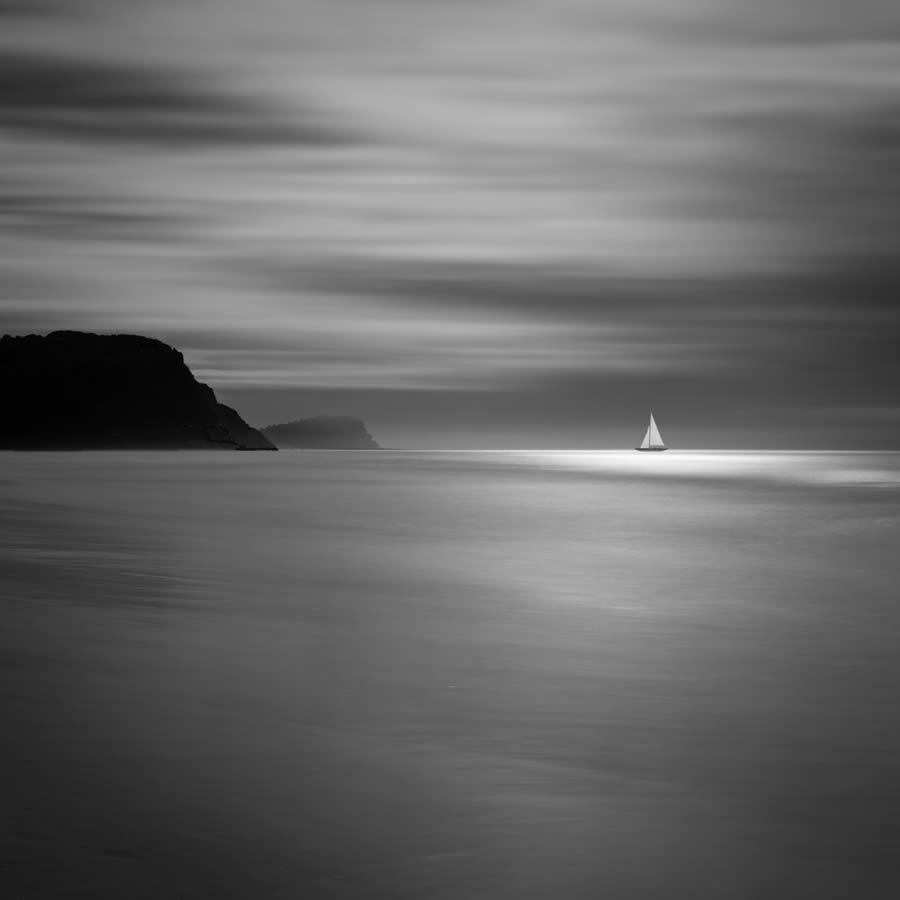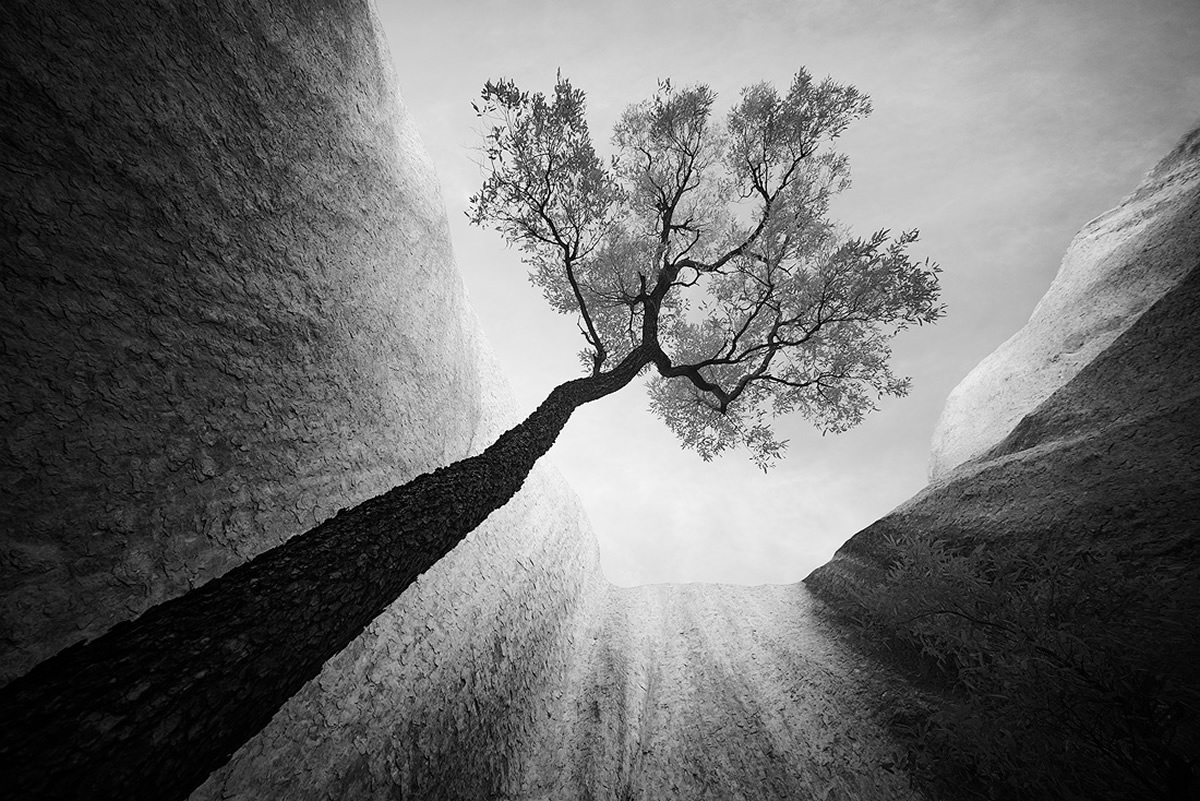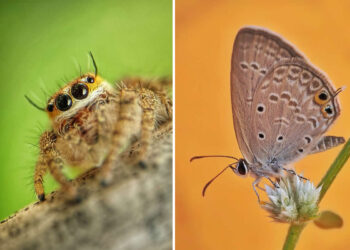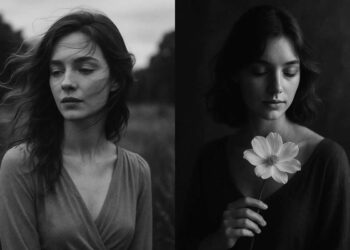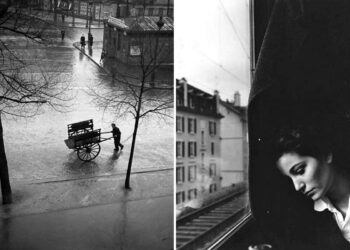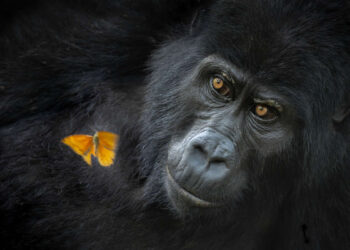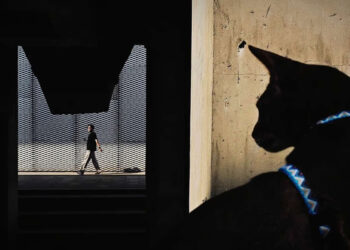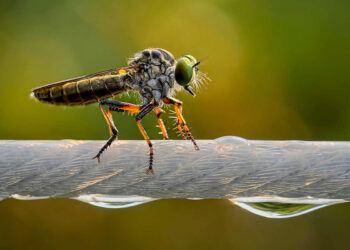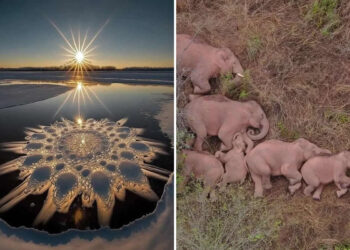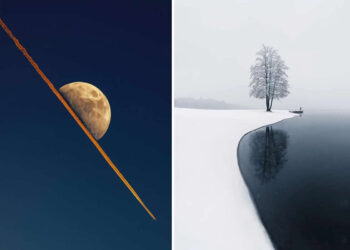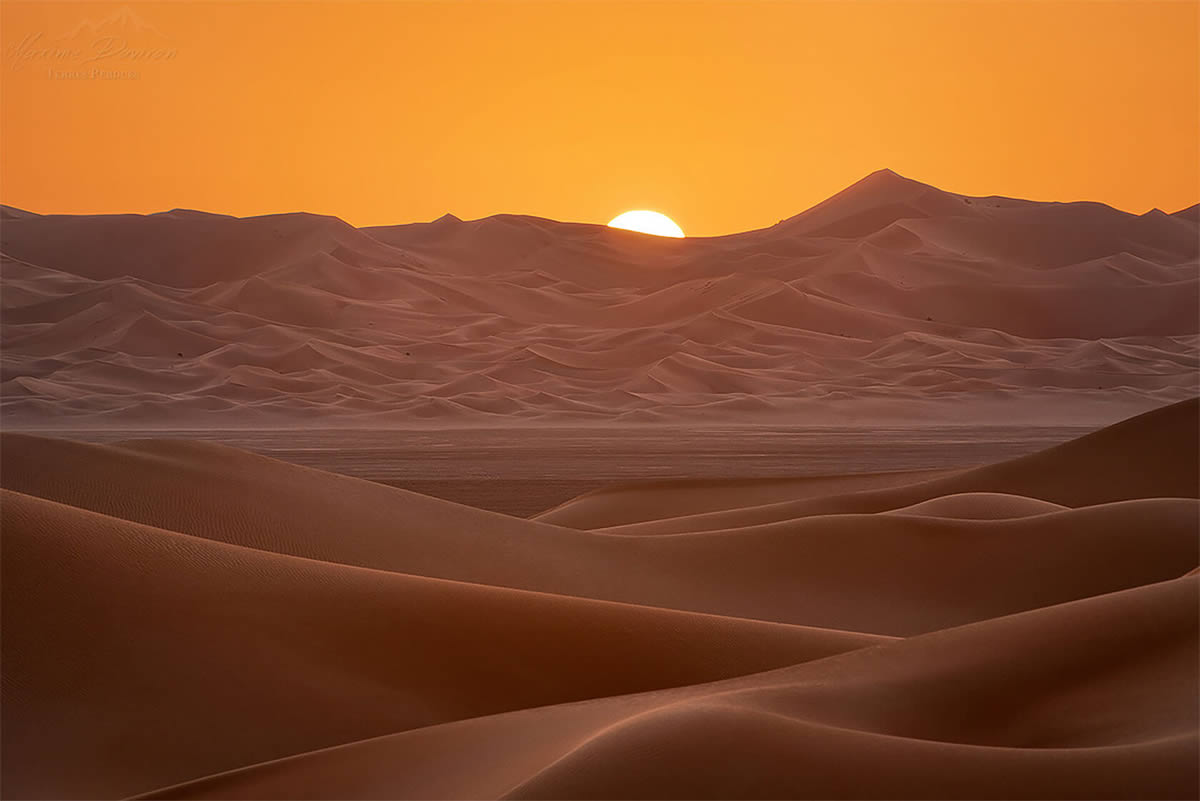The Monochrome Photography Awards have once again celebrated the beauty and artistry of black-and-white photography, unveiling this year’s striking landscape-winning photos. Capturing the ethereal and dramatic essence of nature, these images transport viewers to breathtaking vistas and serene scenes from around the globe.
The winning photographs showcase a mastery of light and shadow, bringing out the textures and contrasts that color often obscures. From mist-covered mountains to tranquil seascapes, each frame tells a story of nature’s timeless elegance and the photographer’s keen eye for detail and composition.
Keep scrolling for inspiration! The Monochrome Photography Awards are now open for entries for the 2024 contest. Submit your best photos by the final deadline on November 17th, 2024. For more details, visit their website.
You can find more info about Monochrome Awards:
#1. 1st Place Winner: Dust-Laden Hooves: Saga of the Volcanic Riders by Mahendra Bakle (India)
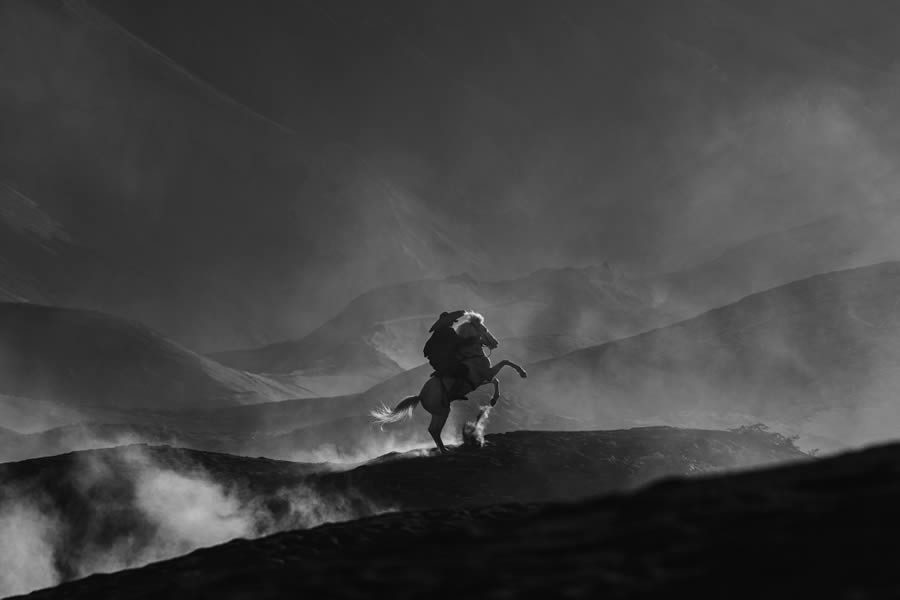
“The Tenggerese people, known as “The Horsemen of Bromo” in Indonesia, embody a captivating cultural legacy in the stunning landscape surrounding Mount Bromo. Their vibrant customs and role as horseback guides create an immersive experience for visitors exploring the volcanic terrains. These horsemen, with their traditional attire and deep-rooted rituals, offer travelers not just a ride but an encounter with the rich heritage of the region.”
#2. 2nd Place Winner: Mt.Fuji by Kantapat Phutthamkul (Thailand)
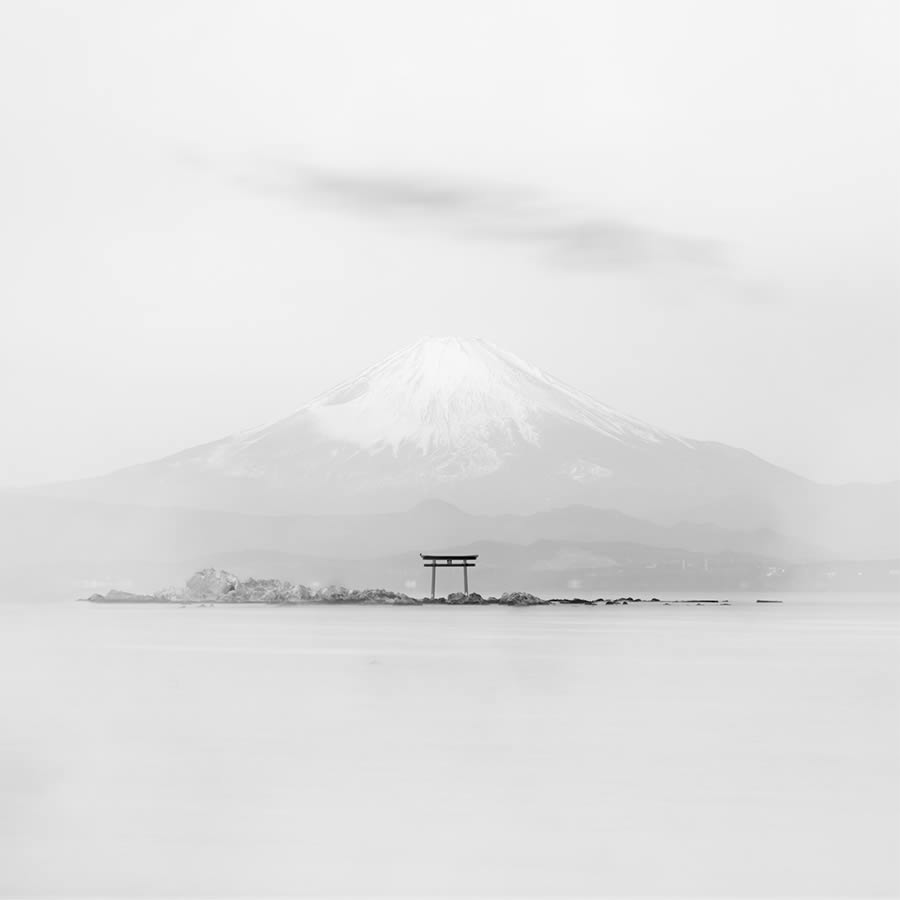
“I took this photo during my trip in Japan. Mountain Fuji is the most iconic here.”
#3. 3rd Place Winner: Aphairesi – Study 14 by René Algesheimer (Switzerland)
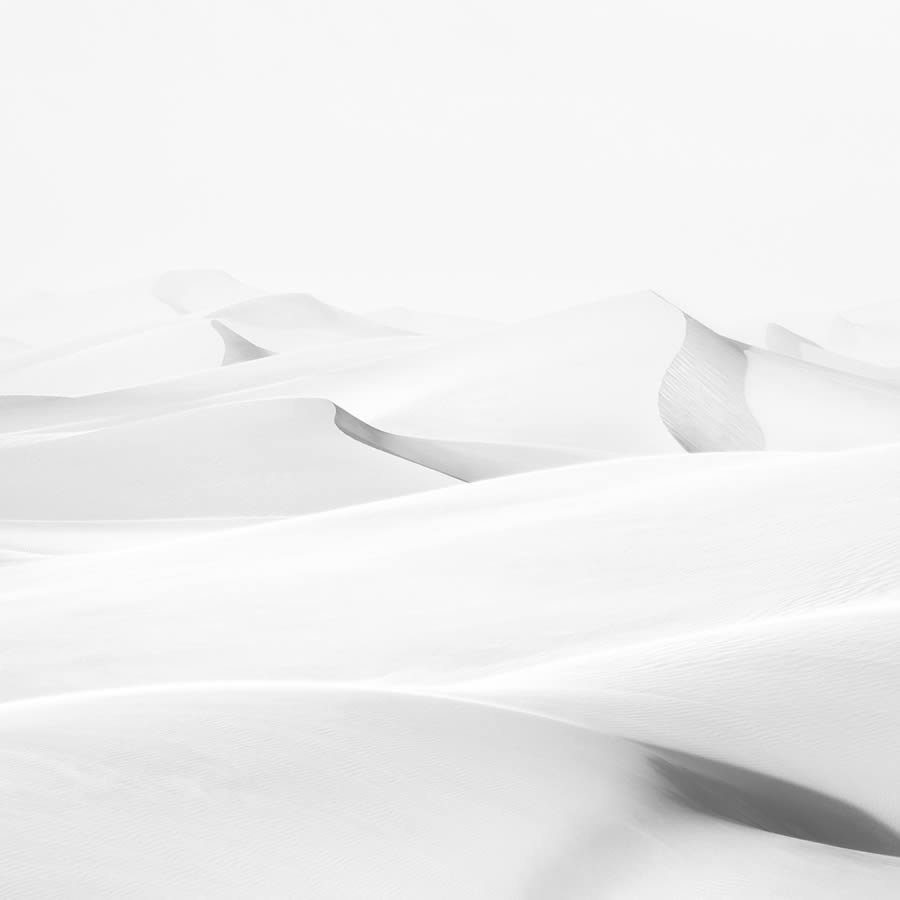
“The Greek word for abstraction is αφαίρεση (aphairesi), which means “removal” or “withdrawal”. This term is often used in the context of philosophy to refer to the process of abstracting or separating an idea or concept from its concrete or sensory representations. In art, abstraction can also refer to the process of reducing a form or image to its essential geometric or formal elements, which can then be rearranged and recombined to create a new visual language.”
Honorable Mentions
#4. Untitled by Jocelyn Manning (Australia)
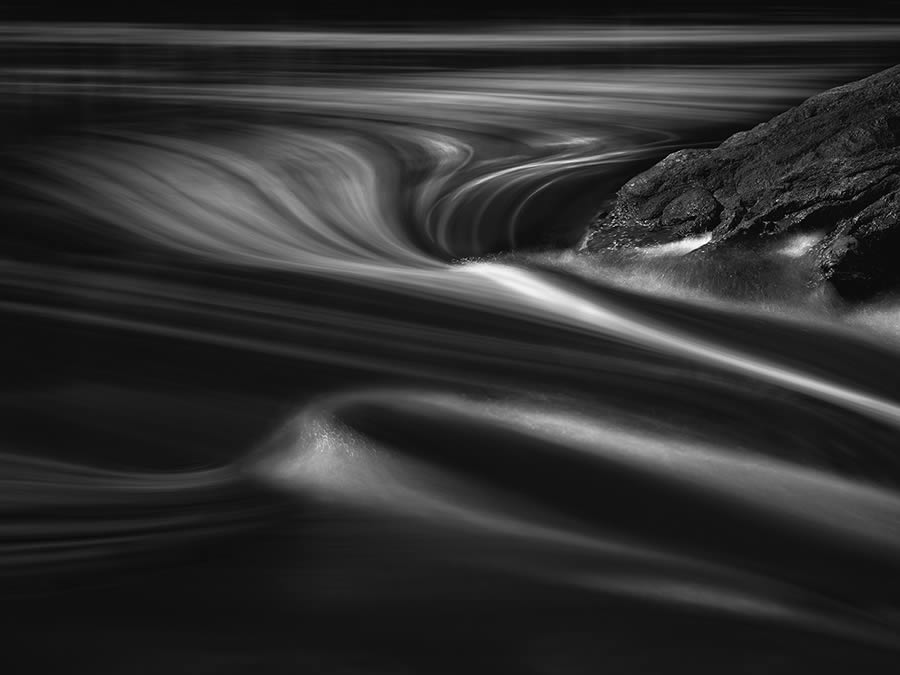
#5. At Surf’s Edge, Cannon Beach, Oregon by Matt Sievers (Viet Nam)
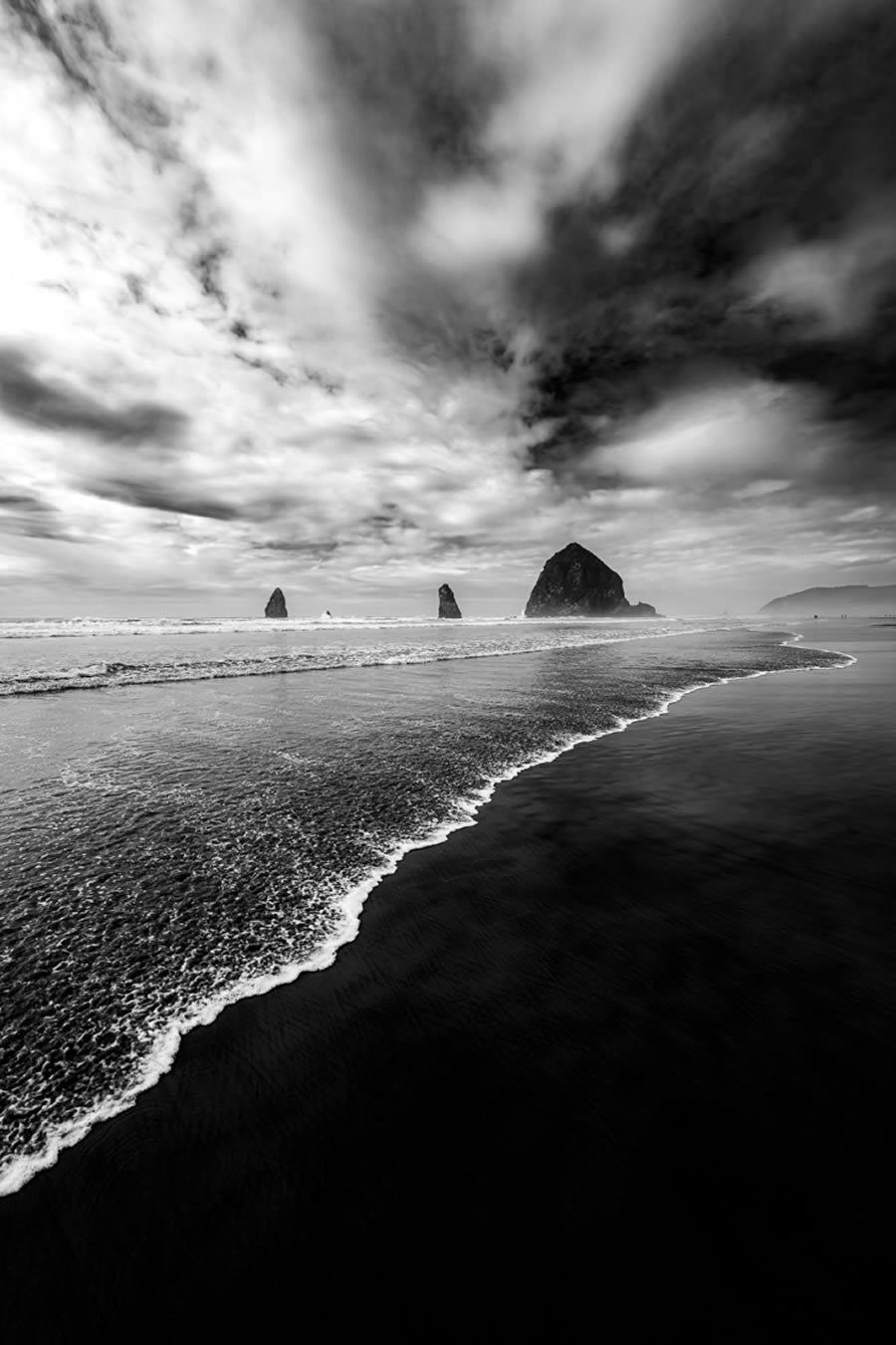
#6. Church on a hill by Robert Walpole (Australia)
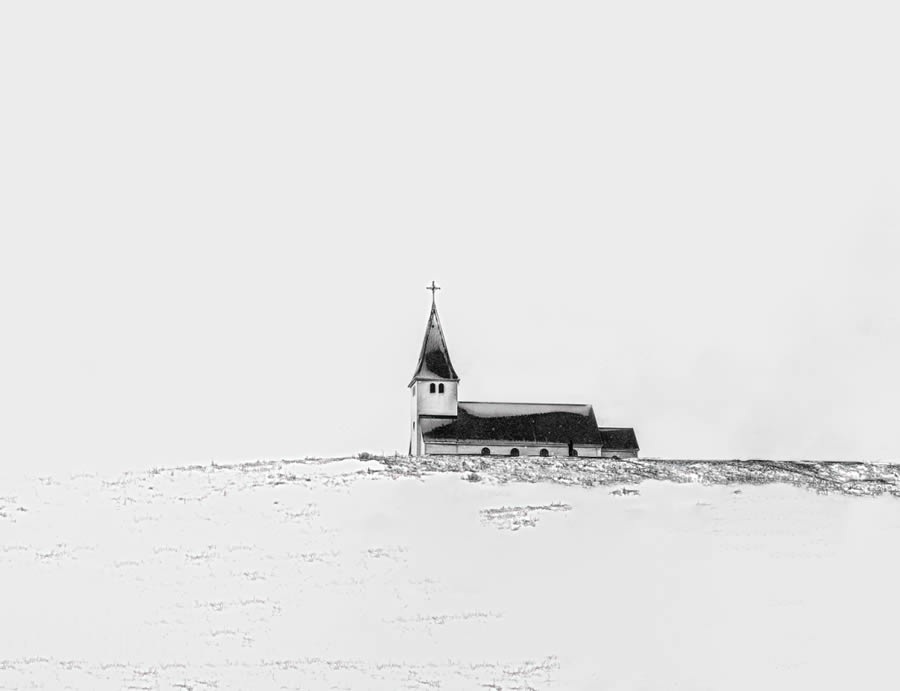
#7. CONTACT by HIN KAU CHAN (Hong Kong)
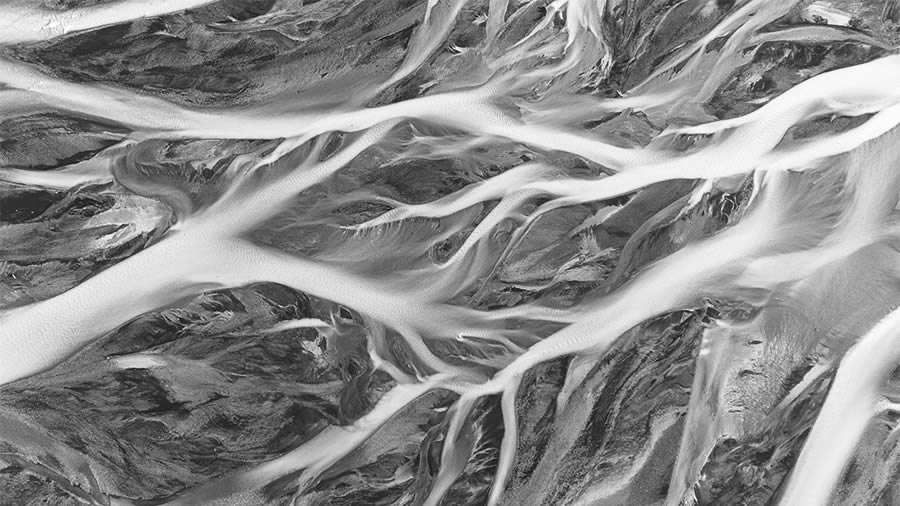
#8. Dead land by Tomáš Tisoň (Czech Republic)
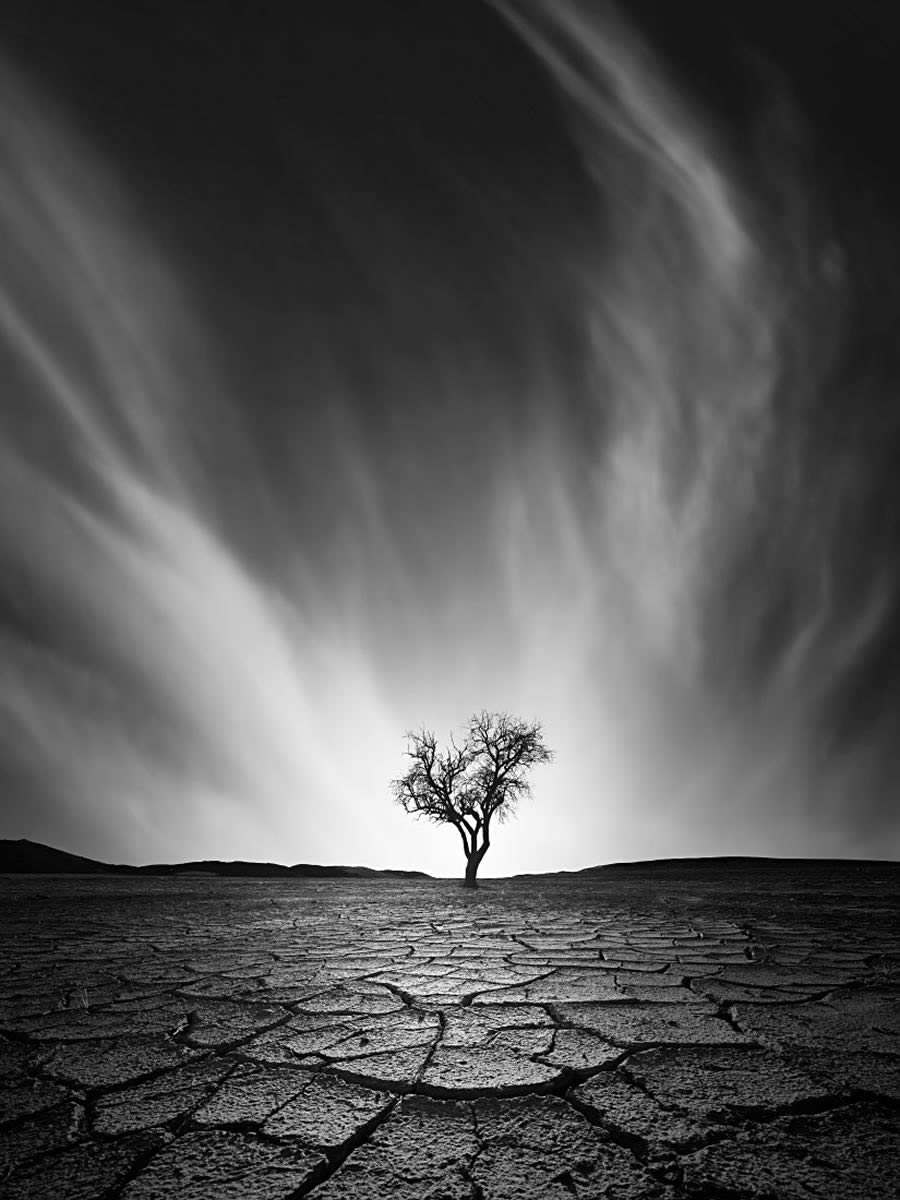
#9. Desert Tower by Luke Tscharke (Australia)
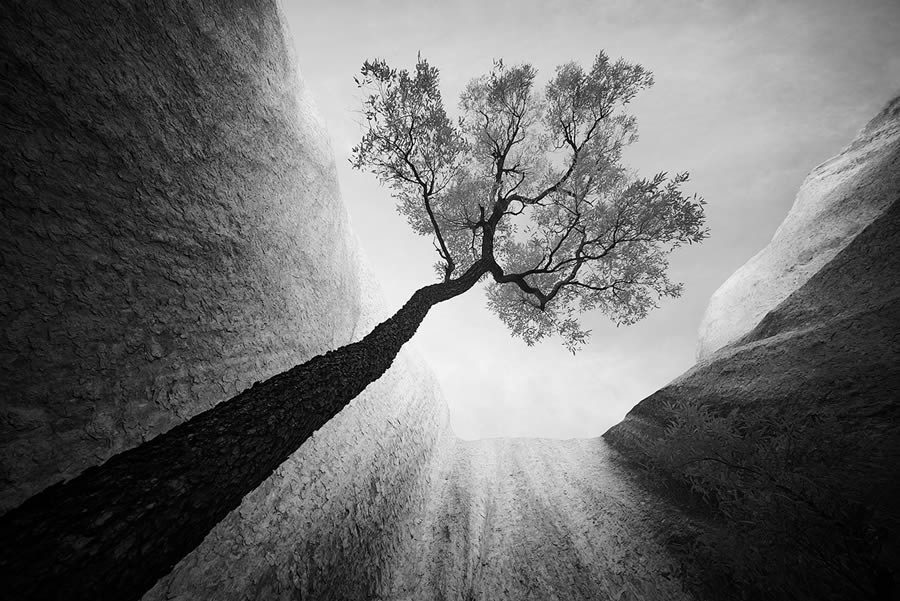
#10. Felicity by Karen Elizabeth Baker (United States Minor Outlying Islands)
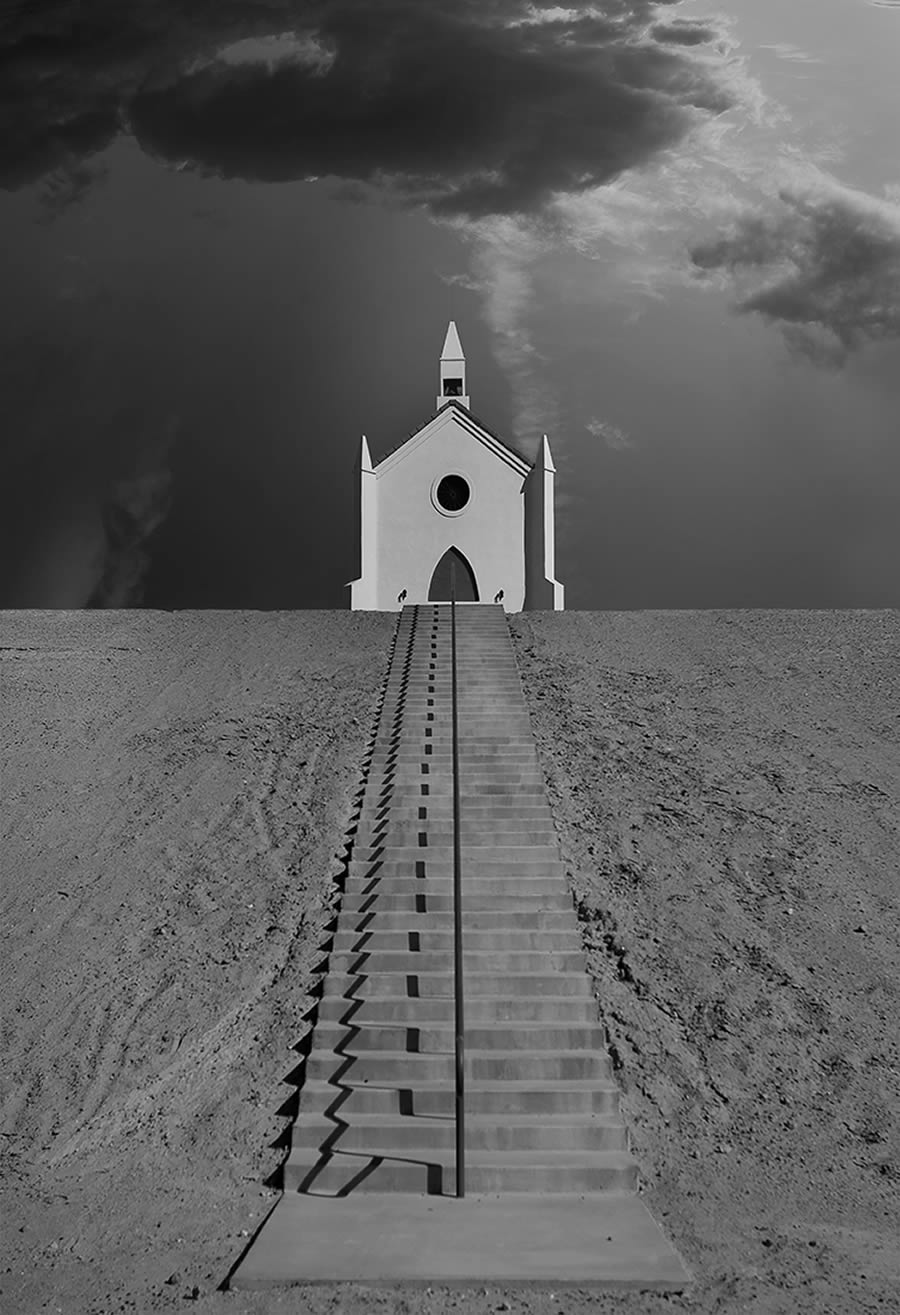
#11. Line of trees by Robert Walpole (Australia)
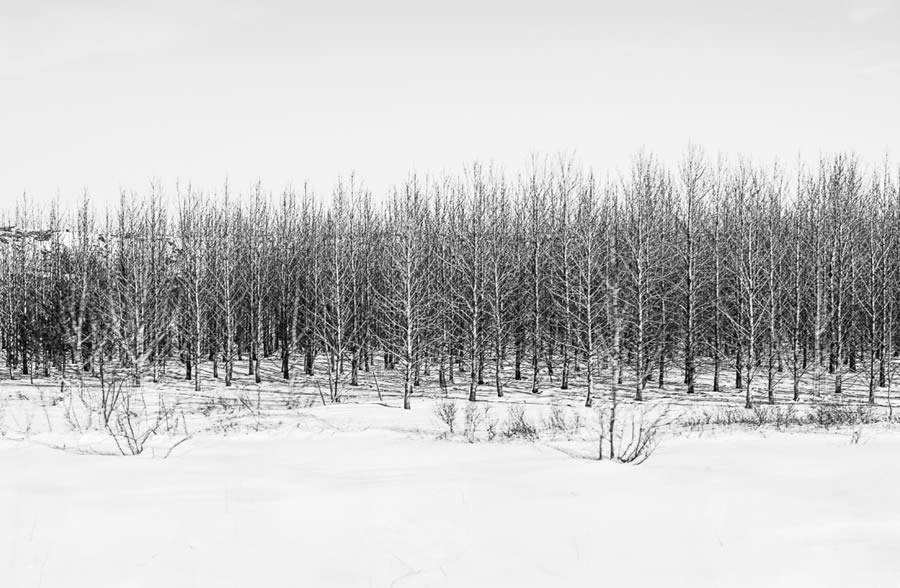
#12. Lone hiker by wei lian (United States)
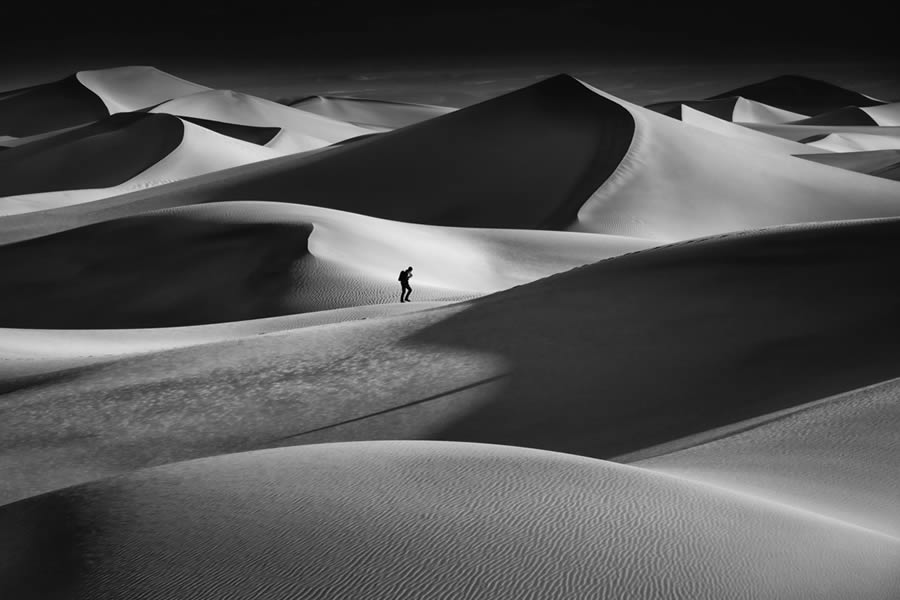
#13. Majesty of Haifoss by Andrés valle (Mexico)
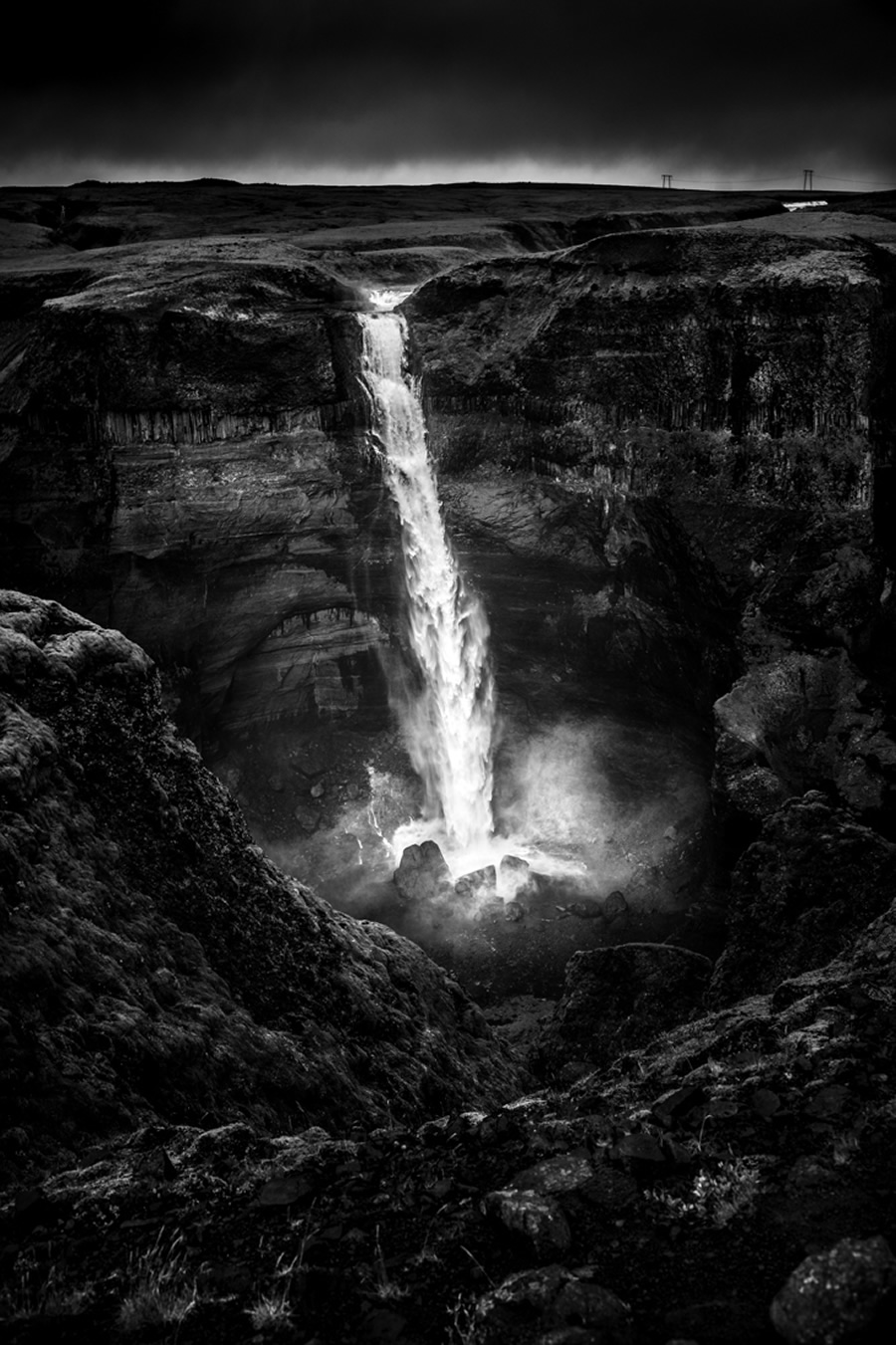
#14. Matterhorn – Zmutt by Thomas Crauwels (Switzerland)
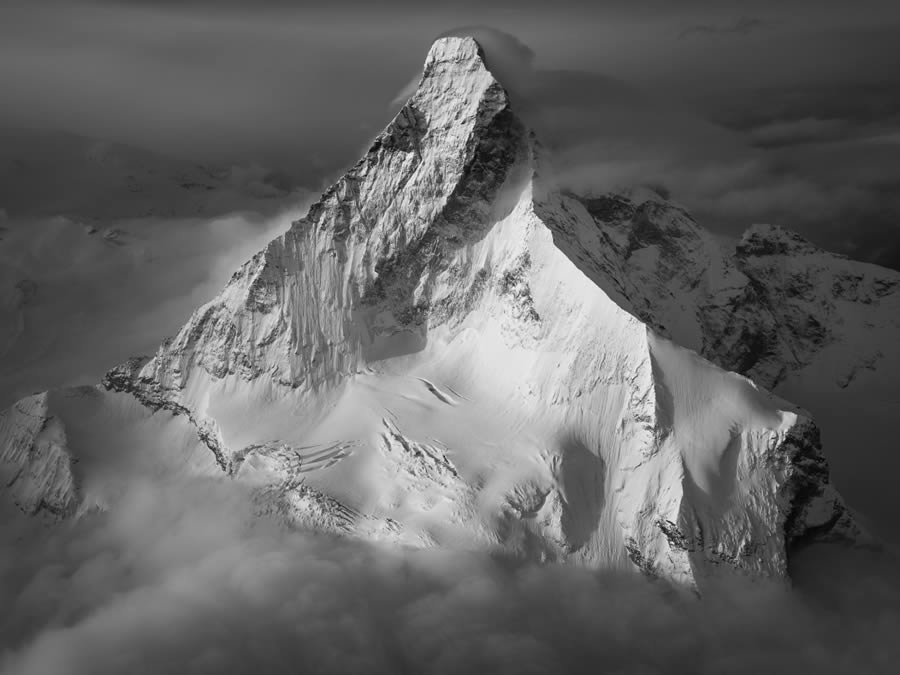
#15. Moods by simona poncia (Italy)
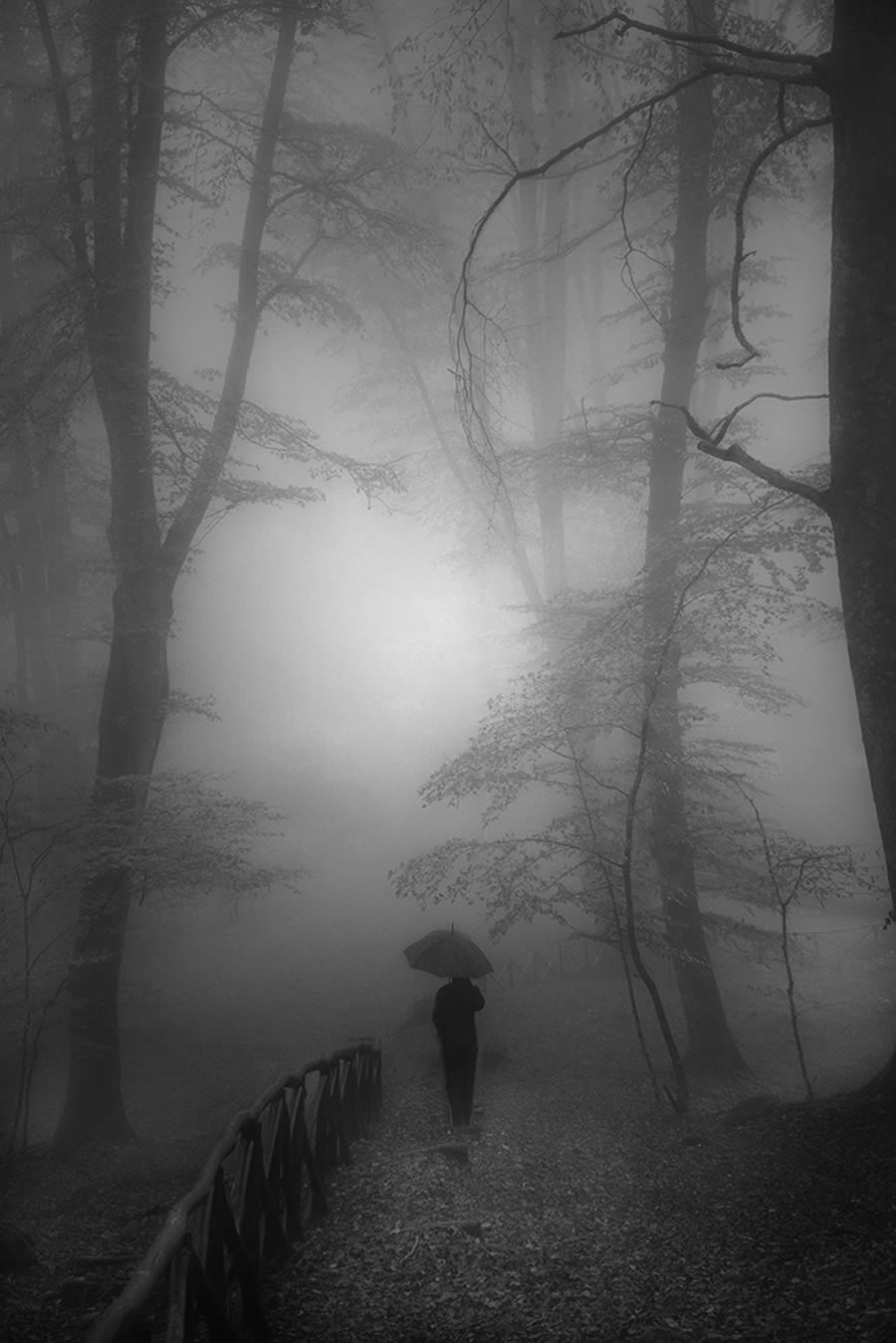
#16. November walk by Renate Wasinger (Germany)
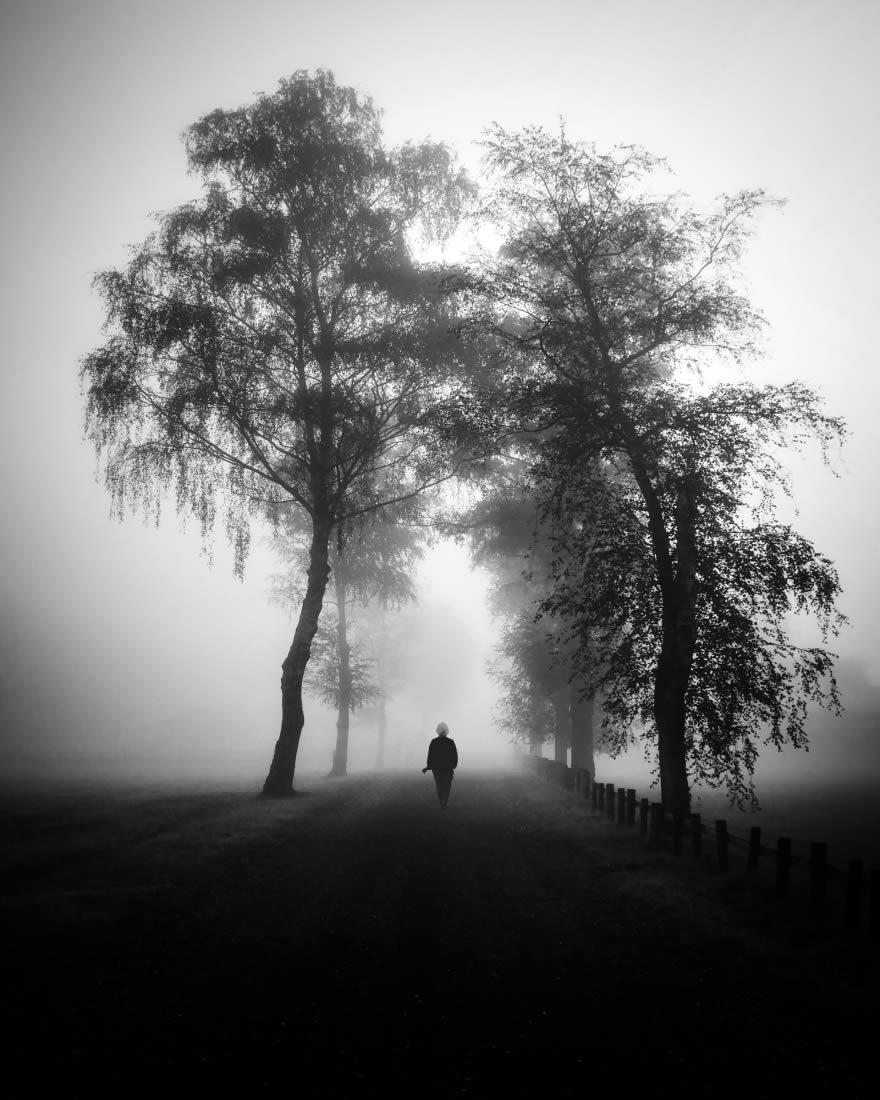
#17. Waimakariri Braids by Ken Wright (New Zealand)
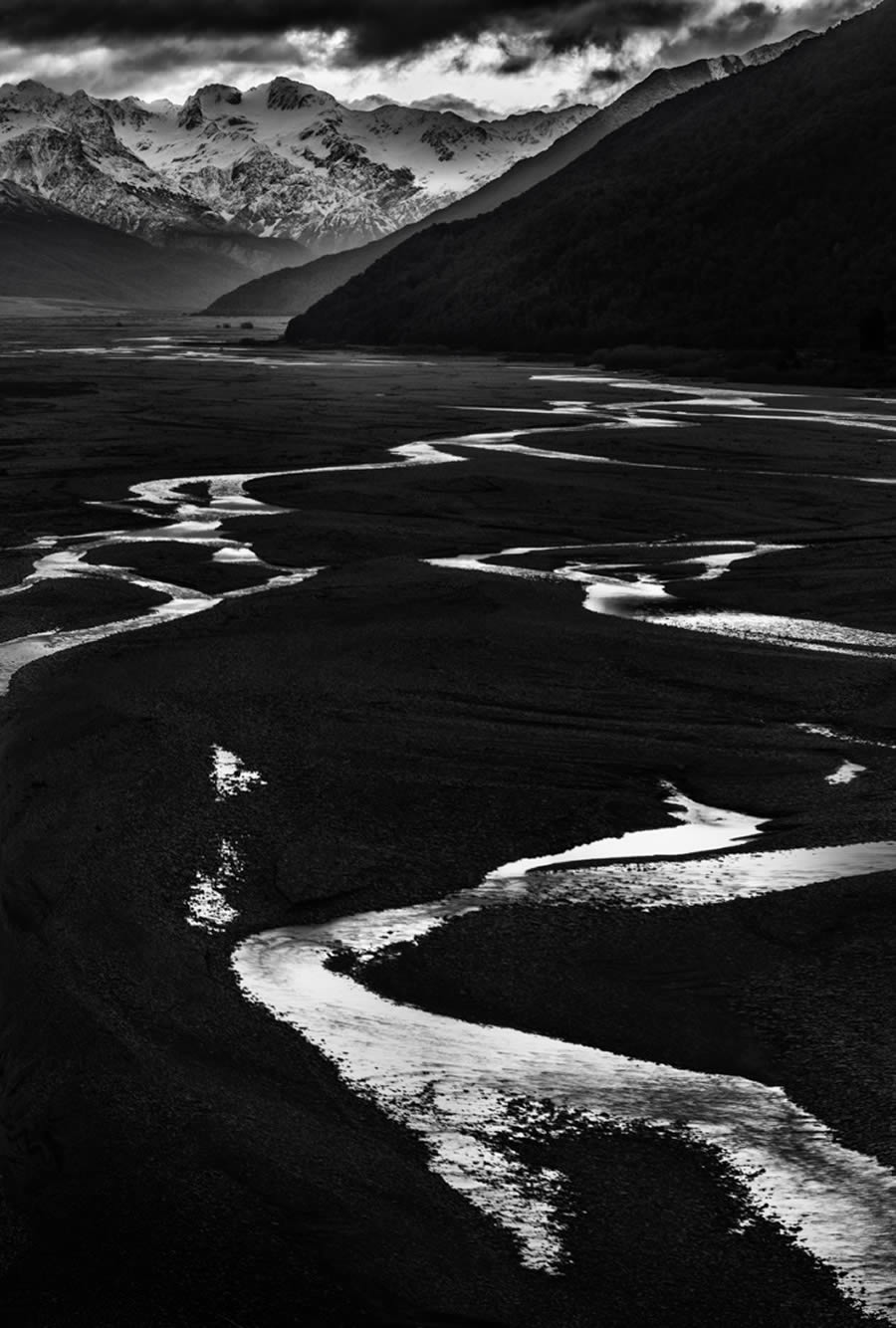
#18. Wanaka Mist by David Shedlarz (United States)
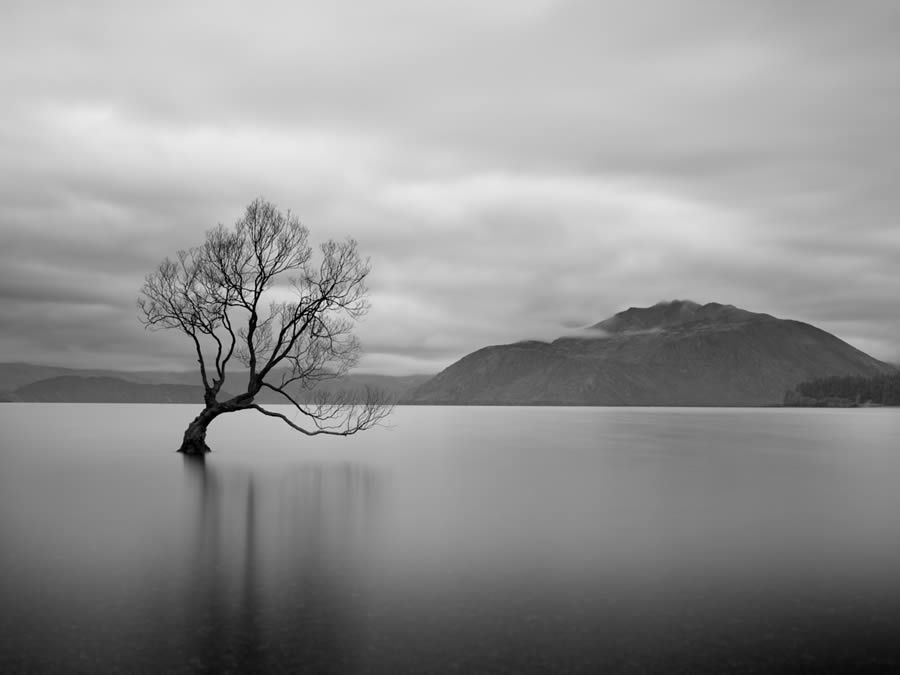
#19. VALHALLA by EDUARDO ESSES (Mexico)
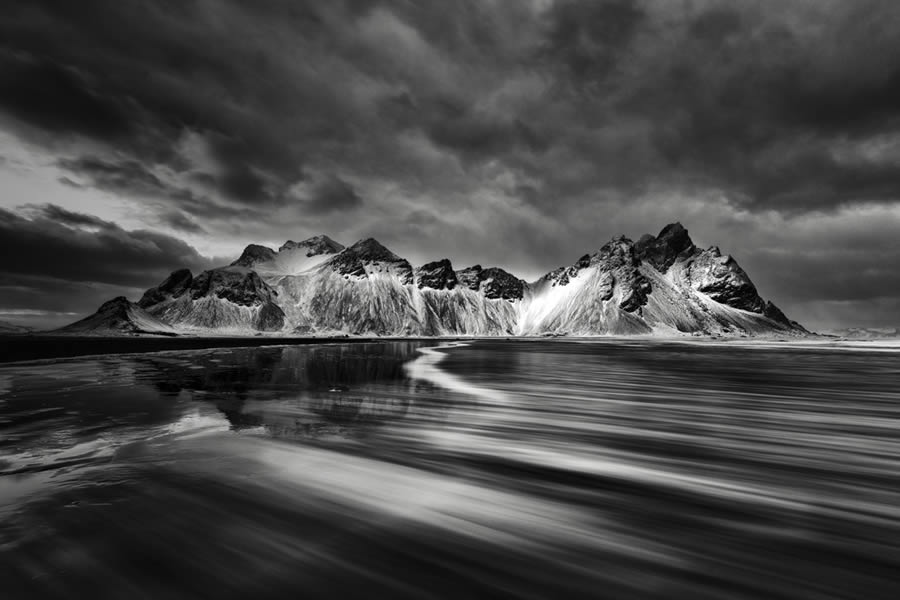
#20. Summer Rain by Deryk Baumgaertner (Germany)
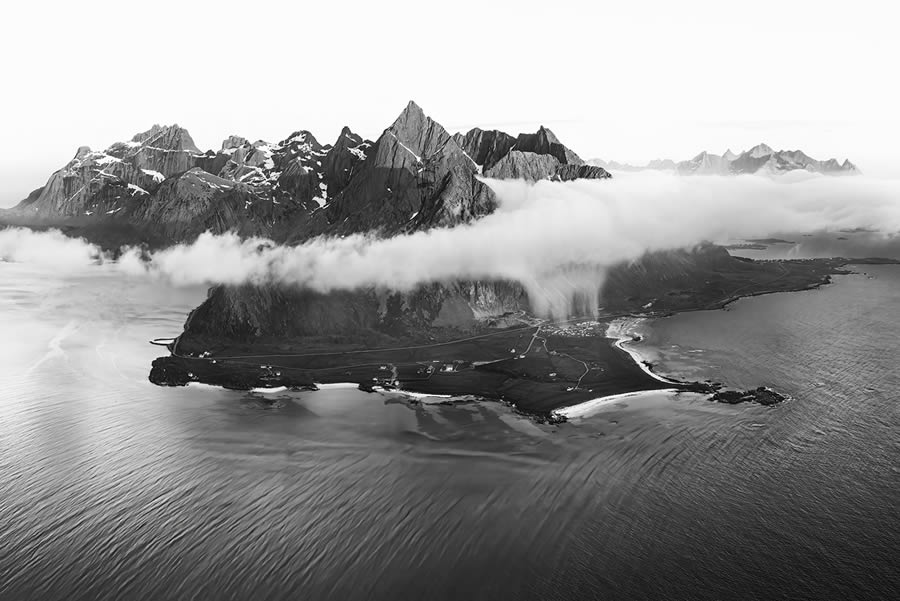
#21. Stick Stacks Iceland by Robert Walpole (Australia)
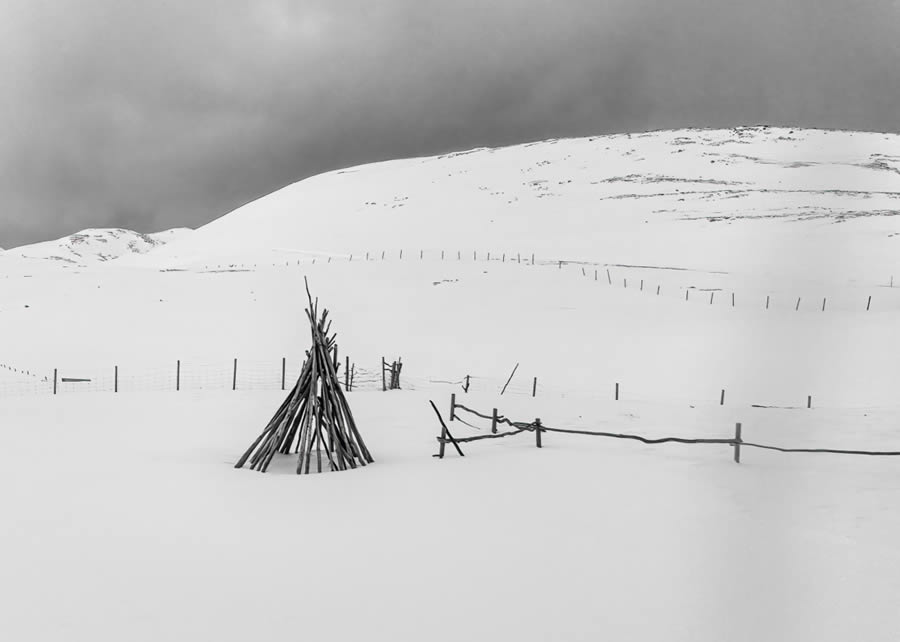
#22. Stay Grounded by Marc Apers (Belgium)
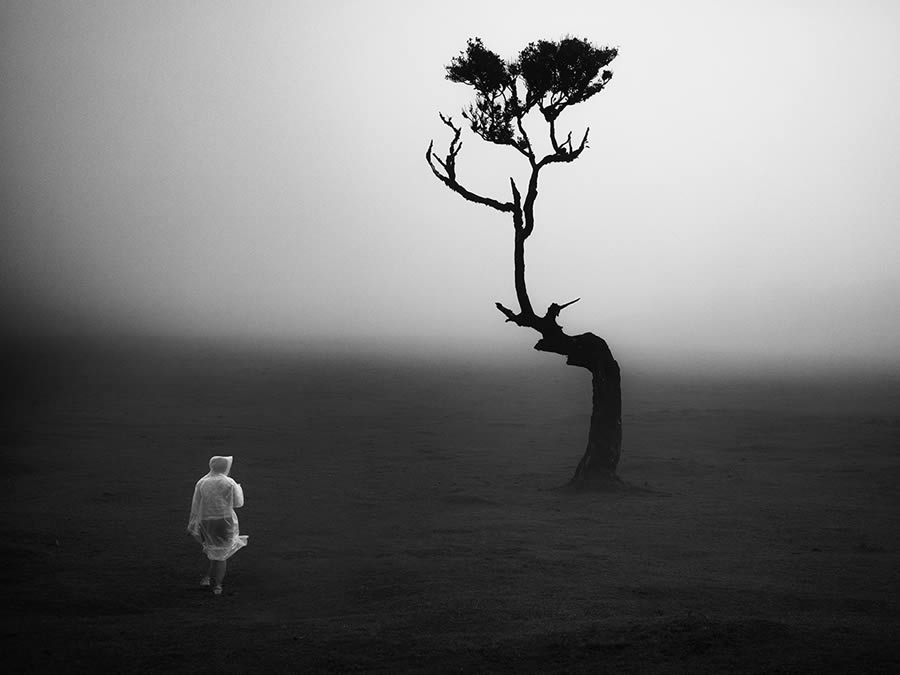
#23. Stand Tall by Eric Kanigan (United States)
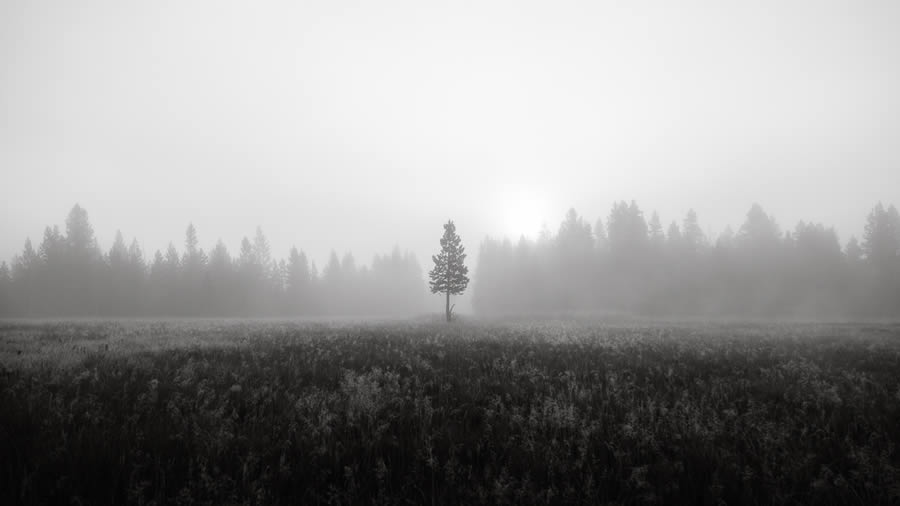
#24. Solitude by Eline Picqueur (Belgium)
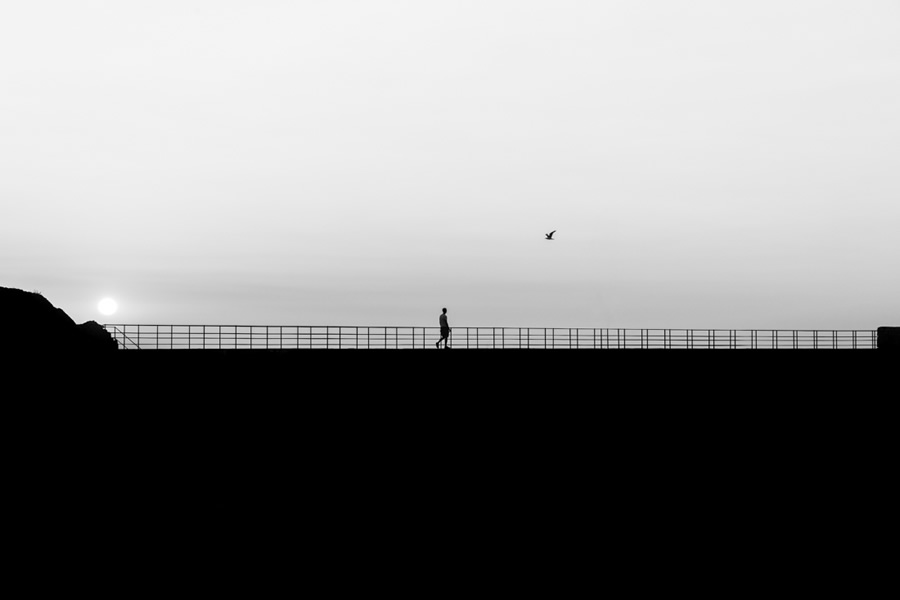
#25. Small by Kantapat Phutthamkul (Thailand)
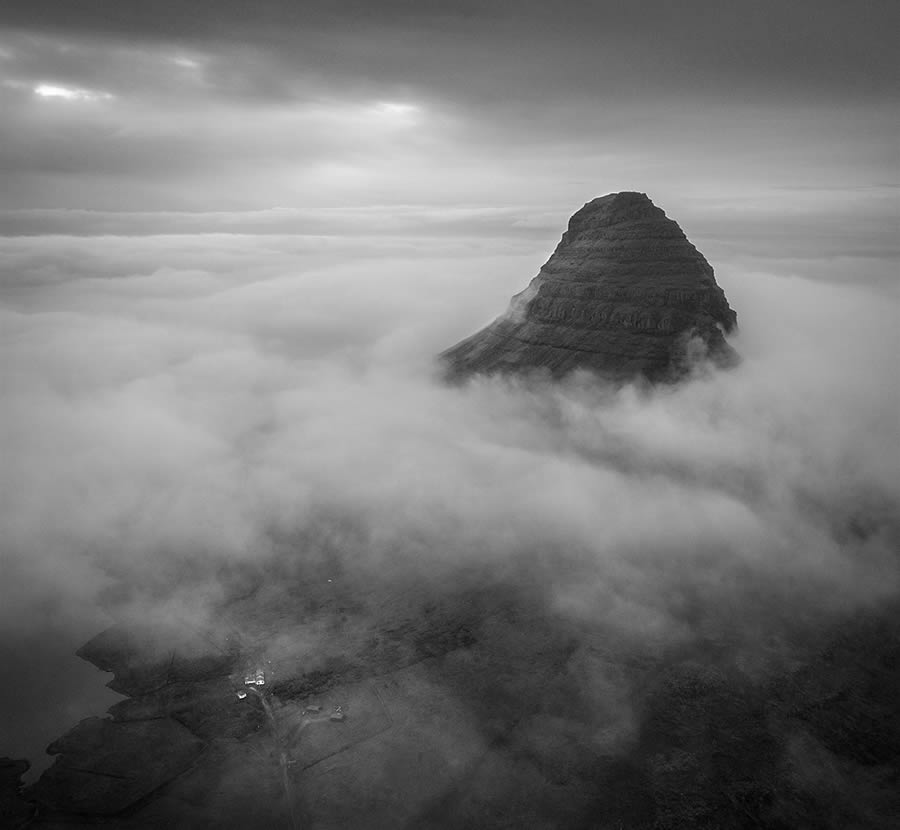
#26. Silent sand dunes by bin zhang (China)
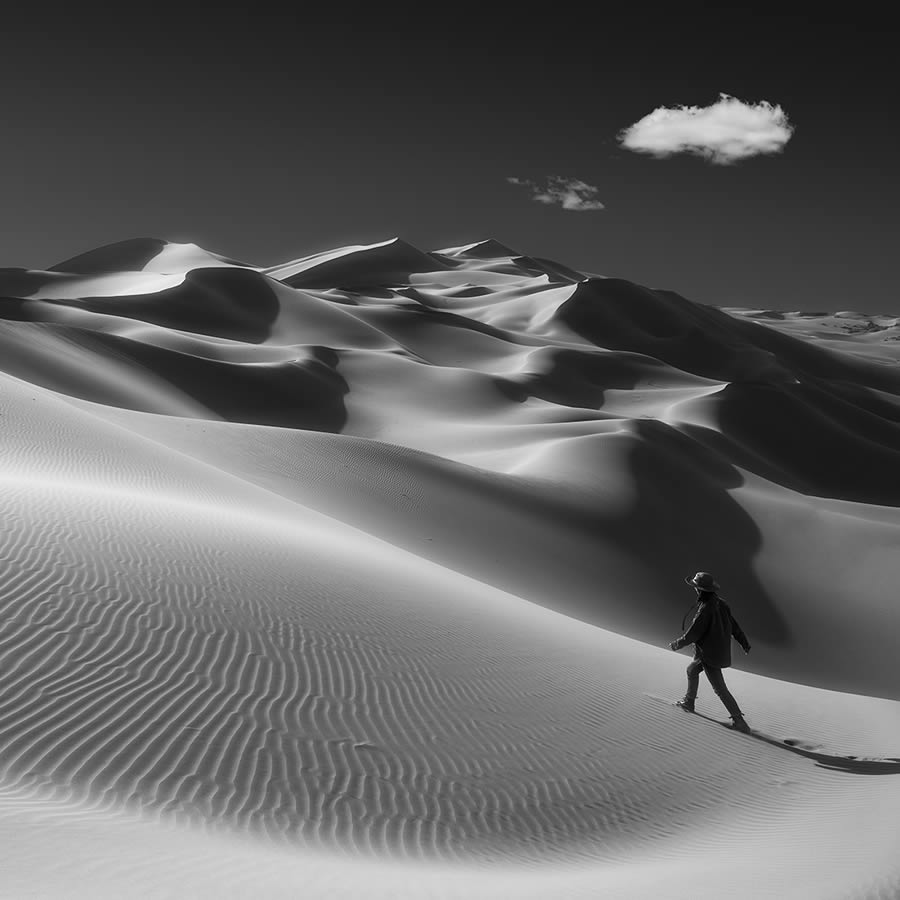
#27. Sibillini Mountains National Park by Francesco Russo (Italy)
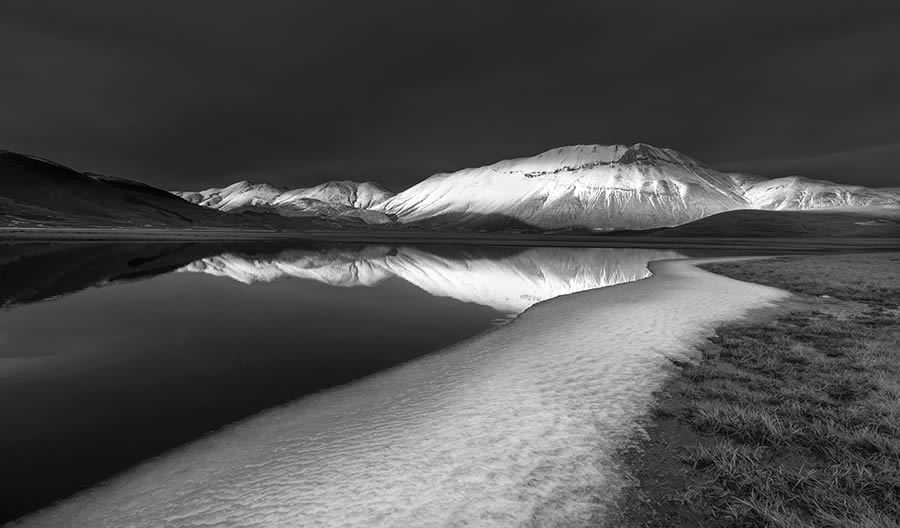
#28. Olivier-Unia_Merzouga 1 by olivier unia (Morocco)
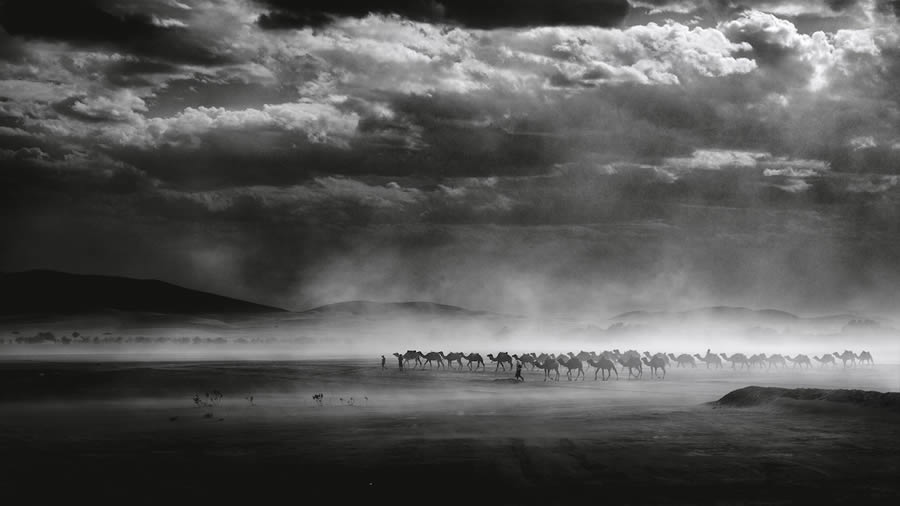
#29. Zabriski by Karen Elizabeth Baker (United States Minor Outlying Islands)
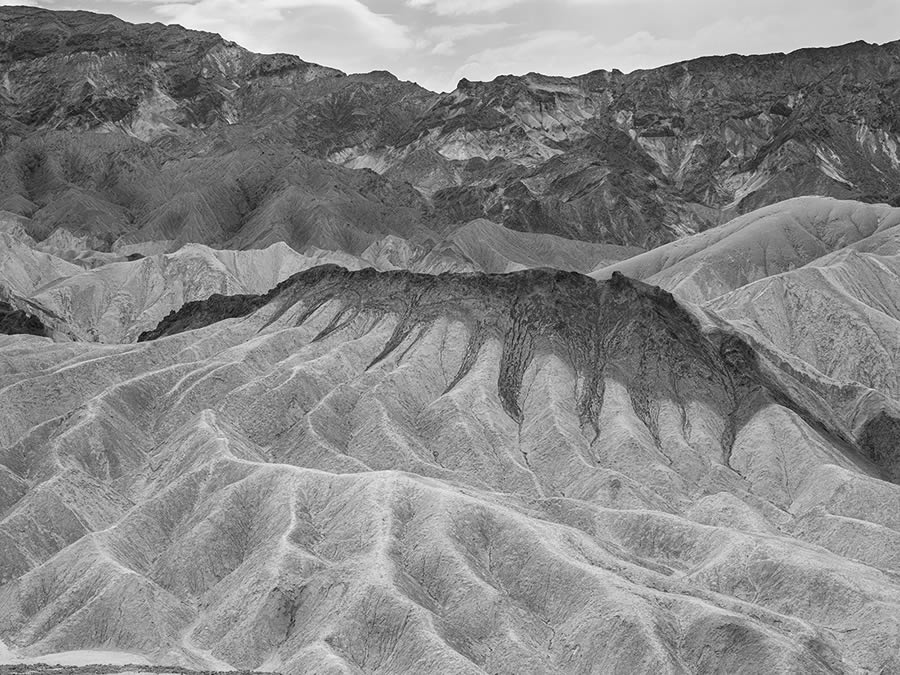
#30. Yacht in the Light by Richard O’Farrell (Australia)
